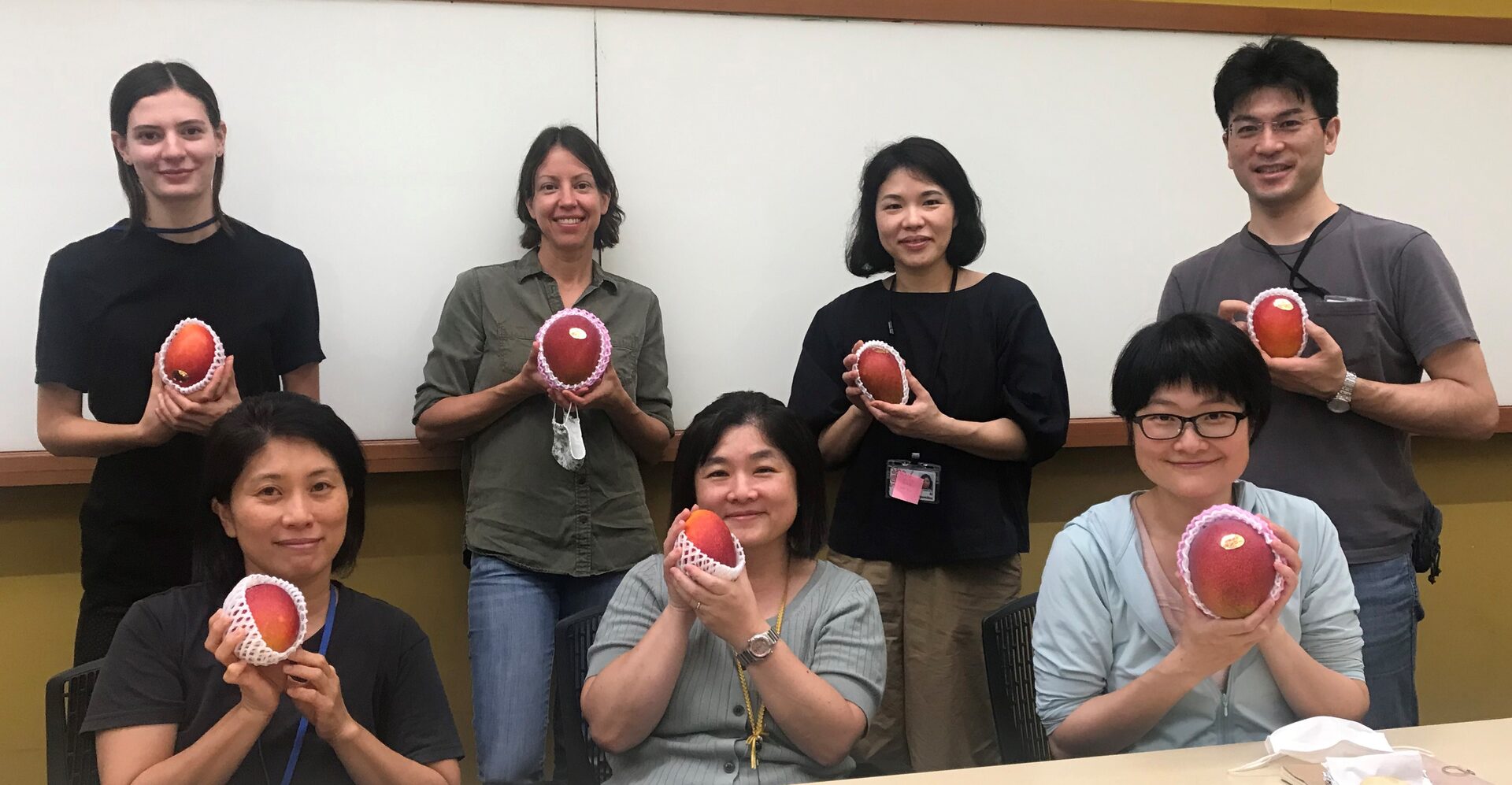FY2021 Annual Report
Cell Division Dynamics Unit
Assistant Professor
Tomomi Kiyomitsu

Abstract
Cell division is a fundamental process in all organisms to create two daughter cells from a mother cell. During mitosis in eukaryotes, a microtubule-based structure called the mitotic spindle is assembled to segregate duplicated chromosomes into daughter cells. The bipolar nature of the spindle is critical for the accurate inheritance of genomic information. In addition, since the mitotic spindle positioning controls the distribution modes of polarized cell-fate determinants as well as the size and location of daughter cells, its positioning is critical to control daughter cell fates and tissue morphogenesis during the development of multi-cellular organisms.
In the Cell Division Dynamics unit, we are studying the mechanisms of bipolar spindle assembly, positioning, and their coordination in vertebrate mitosis using advanced cell-biological and biochemical approaches. We are currently focusing on the following two projects, with a particular interest in the functions of cytoplasmic dynein motor protein complexes.
- Mechanisms of bipolar spindle maintenance in mitotic human cells
- Mechanisms of spindle assembly and positioning in symmetrically-dividing Medaka early embryonic cells
In FY2021 (April 2021- March 2022), we continued both human cell and Medaka projects with the following members (see below). Regarding the human cell projects, we published a review paper in Frontiers in Cell and Developmental Biology (Kiyomitsu and Boerner, 2021 Apr 1; 9:653801), and submitted a Method paper to Methods in Molecular Biology (under review). In addition, we are preparing a research paper (Boerner et al., in preparation) related to the above project 1. Regarding the Medaka projects, we succeeded in establishing four transgenic Medaka strains and in performing two-color live cell imaging in the early embryos. We are preparing a research paper (Ai Kiyomitsu et al., in preparation). We also started a collaboration with Dr. Ansai (Tohoku Univ.) using an internal SHINKA grant.
1. Staff
Human cell projects
- Euikyung Yu, Technician (April – October 2021)
- Susan Boerner, Technician (April 2021- January 2022)
Medaka projects
- Ai Kiyomitsu, Science and Technology Associate
- Shiang Jyi Hwang, Technician (July 2021- present)
Research Unit Administrator
- Tomomi Teruya, (August 2019-)
2. Students
- Amy Gooch, a rotation student (May -Aug 2021)
- Maria Fernanda Bolanos Alejos, a rotation student (Sep-Dec 2021)
- Lilian Magnus, a rotation student (Sep-Dec 2021)
- Erika Fukuhara, a rotation student (Jan-April 2022)
- Tomoya Noma, a rotation student (Jan-April 2022)
3. Collaborations
3.1 Mechanisms of spindle positioning in Medaka early embryos
- Minoru Tanaka, Nagoya University
- Toshiya Nishimura, Nagoya University (currently Hokkaido University)
3.2 Establishment of functional analyses in Medaka early embryos
- Satoshi Ansai, Tohoku University
- Masato Kanemaki, National Institute of Genetics
4. Activities and Findings
4.1 Lab set-up
We established a Medaka management system by collaborating with the animal resource section. We are almost finished with the lab set-up.
4.2 Mechanisms of bipolar spindle maintenance in mitotic human cells
Cytoplasmic dynein and nuclear mitotic apparatus (NuMA) protein are well-conserved spindle-pole localizing proteins in vertebrates. Accumulating evidence indicates that NuMA targets and activates dynein at the minus-end of spindle microtubules to provide robust clustering of microtubules into a focused, bipolar spindle. However, it remains unclear how dynein-NuMA complexes function to maintain microtubule minus-end focusing at the spindle poles in human metaphase cells. Here, we systematically deplete dynein and its binding partners, NuMA, dynactin and LIS1, during metaphase using the recently developed AID-mediated metaphase depletion assay in HCT116 cells (Tsuchiya et al., Current Biology 2021). Metaphase depletion of dynein, dynactin and LIS1 disrupts bipolar spindle structure, whereas NuMA depletion, unexpectedly, causes minor defects in spindle-pole focusing. Our results indicate that two functionally distinct populations of dynein maintain spindle-pole focusing; one works with NuMA using dynein’s motile activity, but the other functions independently of NuMA at the proximity of the centrosomes (Boerner et al., in preparation).
4.3 Mechanisms of spindle assembly and positioning in Medaka early embryos
We succeeded in establishing 4 transgenic Medaka strains using CRISPR/Cas9 mediated genome editing. We also succeeded in visualizing chromosomes and microtubules simultaneously in the early embryonic cells (Ai Kiyomitsu et al., in preparation).
5. Publications
5.1 Journals
Kiyomitsu T*, and Boerner S. The Nuclear Mitotic Apparatus (NuMA) Protein: A Key Player for Nuclear Formation, Spindle Assembly, and Spindle Positioning Frontiers in Cell and Developmental Biology 9:653801 (2021), Review
5.2 Books and other one-time publications
Nothing to report
5.3 Oral Presentations
-Tomomi Kiyomitsu, Understanding the mechanisms of mitotic spindle assembly and positioning using advanced genetic and optogenetic technologies. The 27th EAST Asia Joint Symposium, October 28th, 2021
-Tomomi Kiyomitsu, How dynein-NuMA complexes maintain mitotic spindle-pole focusing in human cells. The annual meeting of Molecular Biology Society of Japan, December 2nd, 2021
6.Intellectual Property Rights and Other Specific Achievements
External grants received
-The Takeda Science Foundation
-The Uehara Memorial Foundation
7. Meetings and Events
-Chaired a round table discussion, Dynein in mitosis, in the international online conference, Dynein 2021. Sep. 8th, 2021.
-Co-organized a workshop, Cell division in diverse contexts, with Dr. Masatoshi Hara (Osaka University) at the annual meeting of Molecular Biology Society of Japan, December 2nd, 2021
8. Other
Nothing to report



